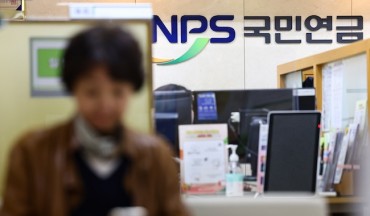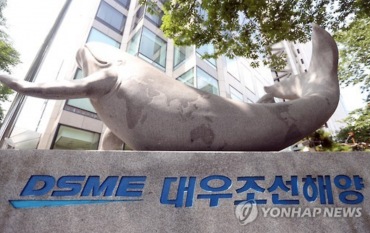SEJONG, Nov. 14 (Korea Bizwire) – South Korea’s southeast region (Busan, Ulsan, South Gyeongsang Province), also called the “Southeast Economic Belt”, which plays an essential role as the country’s major production hub and a locus for trade, has steadily lost momentum in recent years, announced Statistics Korea Monday.
According to KOSTAT, the index of industrial product – an economic indicator for industrial production – for the southeast region dropped by 6 percent in Q3 compared to Q3 2015, the biggest drop in about seven years since the 2008 financial crisis (Q1 2009).
The industrial production of the region has been on a negative growth streak for 14 consecutive quarters, since Q2 2013, it noted, which is creating concern considering that it was only during the 1997 (Asian) and 2008 financial crisis that production output saw a drop in more than two consecutive quarters.
The rate of decline is also steadily rising, from less than 3 percent year-on-year decline (quarterly) in 2013 and 2014 to 5.6 percent in Q4 2015 and 6 percent in Q3 this year.
The fallout from the troubled shipbuilding and shipping industries, in addition to recent strikes by automotive labor unions have added to Korea’s already declining exports and production, with the conditions unlikely to improve in the foreseeable future due to ongoing restructuring efforts and a prolonged economic downturn.
America’s new president-elect Donald Trump and his protectionist views and pledged policies on foreign trade are also an uncertainty for the Southeast Economic Belt, which relies heavily on exports, KOSTAT added.
“The southeast region’s production of transport equipment, including vessels, has struggled since 2013,” said an official from Statistics Korea. “Recent walkouts and poor exports are having a negative influence on the region as well.”
By Kevin Lee (kevinlee@koreabizwire.com)







